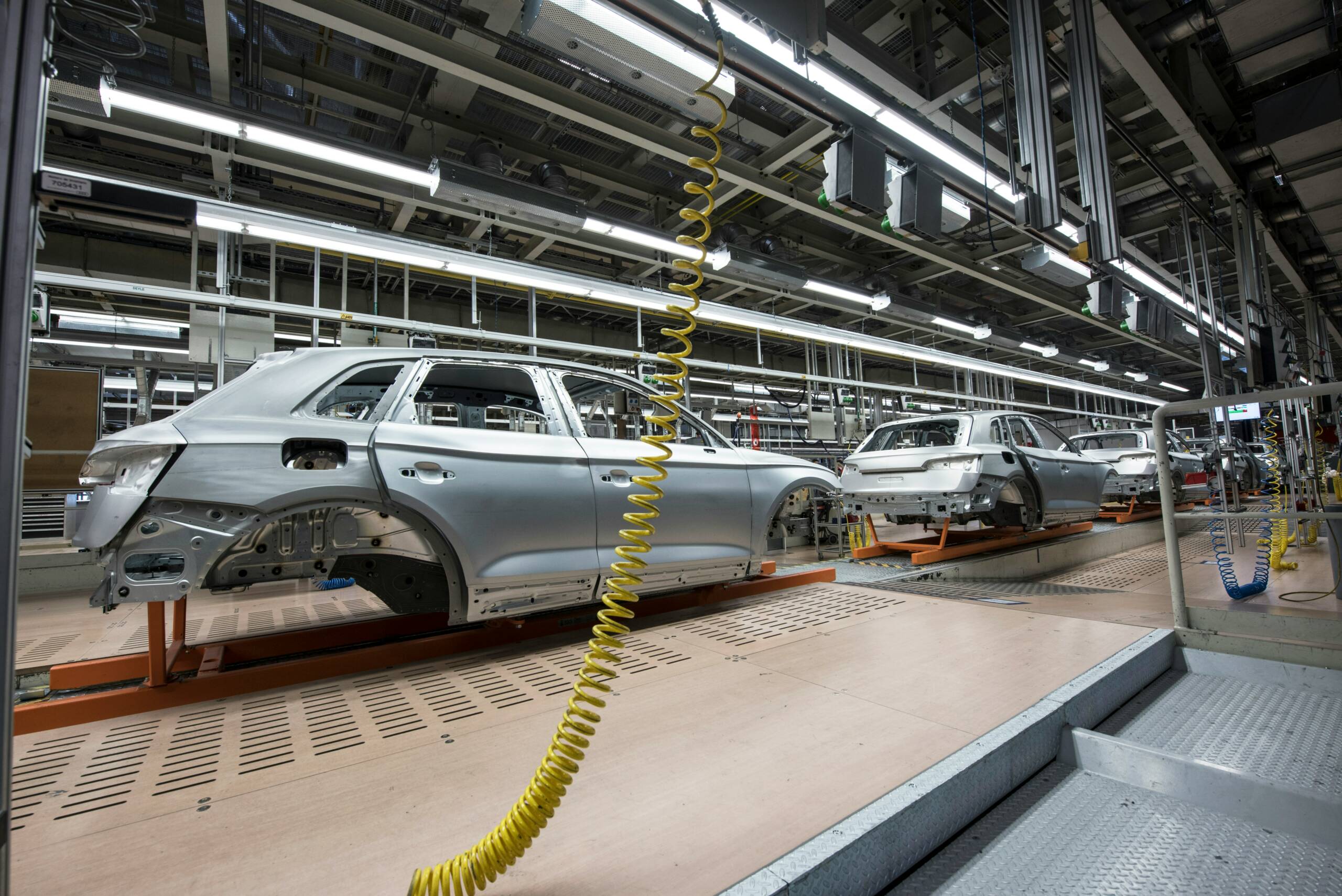Vehicles manufactured in China and finished in Molise: fine of 3 million euros for misleading ‘Made in Italy’...

Cars manufactured in China and finished in Molise: the AGCM sanction for misleading ‘Made in Italy’.
- Foreword
With a measure dated 11.06.2024, the Italian Competition and Market Authority (“AGCM”) has sanctioned an Italian car manufacturer for misleading the methods used to promote the sale of vehicles built in China and finished in a Molise factory.
According to the AGCM, the strong emphasis in the advertising messages on the link between the brand and Italiannes misled consumers about the actual origin of the vehicles and allowed the company to unduly benefit from a significant increase in sales.
- The contested commercial practices
2.1 The offences identified by the AGCM
The AGCM investigation, which was initiated following a report by a single consumer, focused on the various commercial communications conveyed by the company, all of which focused on the importance of the territory with frequent and explicit references to the Italian origin of the vehicles.
The main promotional video analysed by the Authority consisted of “a long sequence of images, not only of the most representative places of the Molise region, but above all of an assembly line of cars inside industrial sheds; these images depict the cars in the different phases of construction, from the initial phase of welding the metal sheets. In the final part of the video we see the ‘finished’ cars”, with voiceovers using emphatic expressions such as ‘this is what we do here, every single day‘ and ‘this is Molise, these are our cars and ours is an Italian story‘. Other advertisements included ‘images of Italy’s most iconic places and monuments‘ and ‘images of products and processes that are identifiable in the world of Italian creativity and ‘Made in Italy’, such as images of a fashion show, the preparation of Murano glass and the craftsmanship of a mosaic‘, alongside an assembly line of the company’s cars in the initial phase of sheet metal welding.
Furthermore, it emerged from the emails collected during the investigation how the company’s managers insisted that they had ‘staked a lot on the value of being Italian‘. This was confirmed by the decision to use, in some campaigns, the claim ‘an Italian story‘ accompanied by the Italian flag.
In the face of this unequivocal communication approach, strongly evocative of ‘Made in Italy’, the AGCM ascertained that – after an initial phase (2006-2010) in which the cars were actually assembled in Italy – the vehicles were in fact imported from China. This emerged from the contracts in place with Chinese suppliers, from the fact that import duties were paid for ‘finished vehicles’, from the photographic documentation acquired in the customs area that unequivocally attested to the delivery of complete vehicles and, above all, from the non-existence of facilities and plants for the manufacture of the vehicles at the company’s Italian plant.
According to the allegations of the Authority, what was carried out at the Molise plant were mere “finishing operations” of marginal weight with respect to the production process (11.25% of the total costs incurred) and pertaining to the completion of vehicles already finished: the replacement of the front grille, the replacement of the steering wheel airbag, the affixing of the serial number, and the assembly of the LPG system.
2.2 The company’s defenses
The company attached that “the cars are […] designed and engineered in our country“, with manufacture “largely delegated to Chinese car manufacturers” and subsequent completion in Italy through “a specific production line“. In this sense, the promotional material conveyed would not have provided a false representation of reality, since the Italian character would have referred to the entrepreneurial origin of the project and to the place of ‘intellectual, aesthetic and design conception of the cars‘.
In fact, the company stated that, in addition to supplying the basic specifications to Chinese manufacturers, it would carry out conformity checks and periodic inspections at foreign plants because – being the owner of the homologation process – it would be responsible for the vehicles’ regulatory compliance. This would demonstrate the central role assumed in the car production process.
In addition, ‘neither the promotional spot, nor the use of the tricolour accompanying the DR and EVO brands, nor the use of claims such as ‘an Italian story’, would be likely to confuse consumers as to the place of manufacture of the cars, but would be aimed at indicating the nationality of the company itself and at exalting the Italian connotation as well as the territorial rootedness of the project‘.
In any case, the contested practices would not have been sufficient to affect the consumer’s economic behaviour with respect to a choice that is carefully weighed, also because of the necessary economic outlay involved: in the defence’s reading, the Italian consumer ‘would not attribute any added value to the fact that the cars are materially manufactured in Italy, but, if anything, to the design and aesthetics elaborated in our country’.
- The AGCM’s decision
The Authority found that the images, slogans, implicit references and logical links used by the company to promote the vehicles were capable of deceptively evoking Italiannes and unlawfully influencing consumer choices.
In fact, the company allegedly provided ‘misleading and confusing information on the activities materially carried out in Italy since it knowingly confused the finishing and completion activities (actually carried out) with the production and manufacturing activities (carried out by Chinese manufacturers); that is, it continued to give unclear information on the fact that the cars would be designed and developed in Italy and on the fact that they would in any case be ‘assembled’ in Italy, both circumstances not corresponding to the truth‘. The unfair commercial practice thus consisted in a series of conducts aimed at crediting the thesis that the vehicles were materially constructed and assembled in Molise, where there was no assembly line, when in fact the vehicles arrived ‘complete and running from China‘.
It would not have been proved in any way that the design and engineering activities were carried out entirely in Italy, while it would have emerged that the same vehicles are marketed in China – by the Italian company’s manufacturing partners – under other names and trademarks.
Finally, the Italian company’s development of the verification, regulatory compliance and homologation activities would only confirm the fact that these are ‘finished and running‘ vehicles that – manufactured in China – simply need to be brought up to the regulatory standards required for marketing in Italy.
On the basis of these elements, the Authority fined the Italian company Euro 3,000,000.
- Final Considerations
The AGCM’s measure constitutes an important precedent for the protection of Italian products and demonstrates how the general regulatory framework on unfair commercial practices allows for effective intervention irrespective of the adoption of special rules (such as the Made in Italy law that came into force at the beginning of 2024).
Since the national origin of a product is a characteristic of substantial importance in the eyes of consumers, the Authority has made it clear that references to Italian origin are only permitted if production activities actually take place in the territory. Simple finishing in Italy, possibly accompanied by design activities (not proven in the present case), would therefore not be sufficient to claim the Italian character of the product.
Finally, the AGCM’s intervention shows how the deceptiveness of a commercial practice can arise not only from the undue adoption of the expression “made in Italy” but also from the evocation – more or less indirect – of Italianity. The arguments of the Authorities will therefore have to be taken into consideration for the conception of advertising campaigns and the realisation of the relative creativity by companies that cannot rely on a production entirely concentrated in the national territory.






